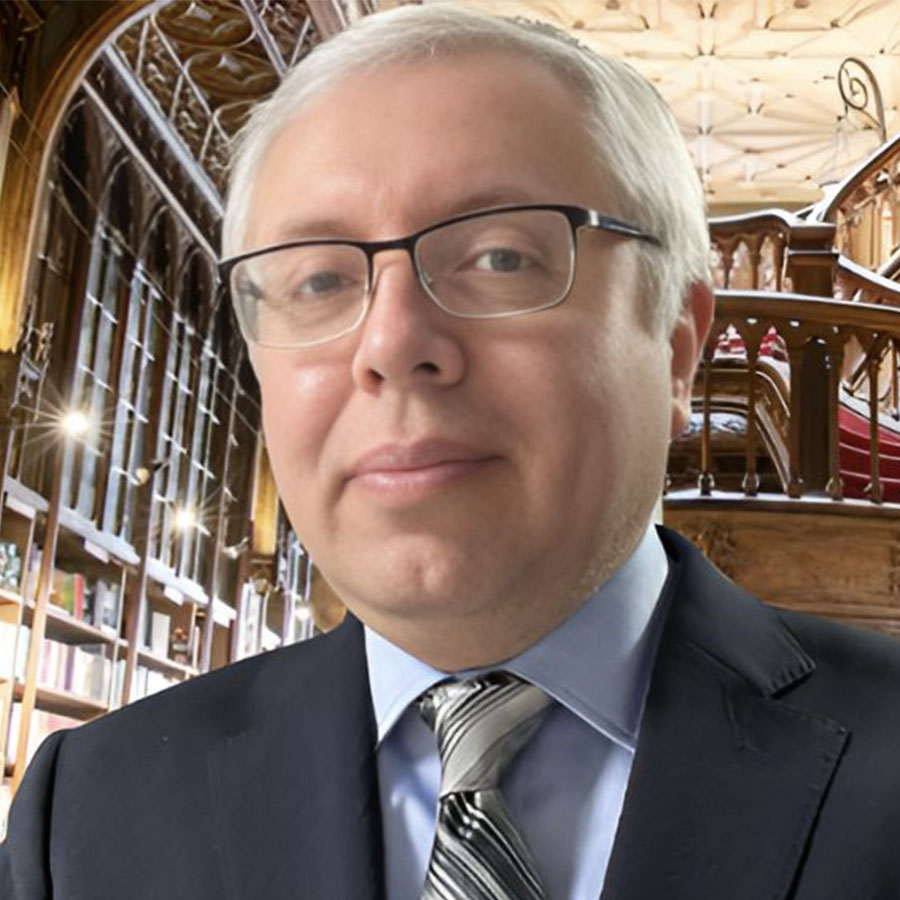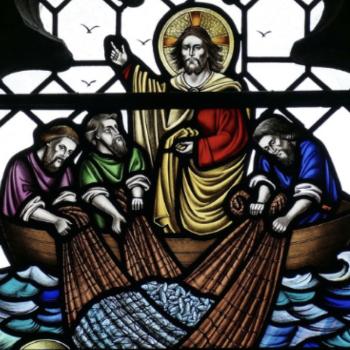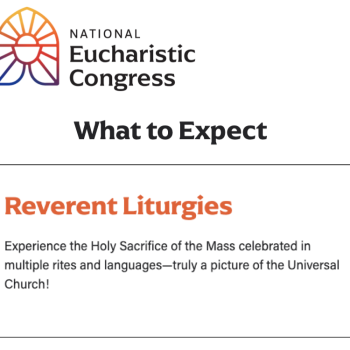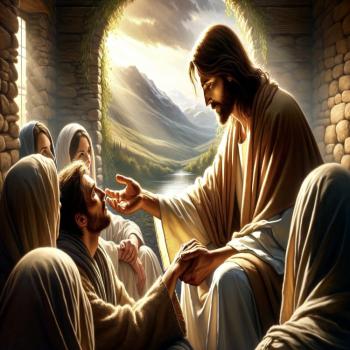
We continue learning about our faith through the euchological texts of Easter Time. In this third installment of this special series focused on the Christology expressed by the Prefaces of Easter Time in the Holy Mass, we focus on Preface II, which is entitled The New Life in Christ.
Lex orandi, lex credendi. What we pray is what we believe. And certainly, we can draw important catechetical reflections from the Eucharistic Prayer prefaces of this liturgical season.
We have already explained in the first installment what a Preface consists of. In addition to delving into the Christology expressed in the embolism of Preface I, in the second installment we also explained the introduction and conclusion of the Easter prefaces, which are the same in the five.
In summary, the introduction affirms that the proclamation of the glory of God and the celebration of his works are especially suitable for the time dedicated to the living memory of the immolation of Christ. The well-known Pauline expression contained in 1 Corinthians 5:7 (Our paschal Lamb, Christ, has been sacrificed!), resounds, highlighting the voluntary nature of the sacrifice made by the Lord Jesus.
The conclusion seeks to attest to the unity of earth and heaven in the hymn of praise that ascends to God, through the phrase “in the fullness of paschal joy.” It emphasizes the uniqueness of the holiday in which the Church extends its jubilation for the resurrection of Christ for fifty days.
Moving forward, we will focus only on the embolisms of the other Easter prefaces, which express the concrete reason why we rejoice in the Mass in which the preface is pronounced and for which we acclaim God together with the heavenly choirs.
The embolism of Preface II
It is truly right and just, our duty and our salvation,
at all times to acclaim you, O Lord,
and then a significant variant appears:
but on this time above all
to laud you yet more gloriously,
when Christ our Passover has been sacrificed.
Through him the children of light rise to eternal life
and the halls of the heavenly Kingdom are thrown open to the faithful;
for his Death is our ransom from death,
and in his rising the life of all has risen.
Therefore, overcome with paschal joy,
every land, every people exults in your praise
and even the heavenly Powers, with the angelic hosts,
sing to the their the unending hymn of your glory;
as they acclaim:
Holy, Holy, Holy Lord…
A new life in Christ
The title of this second preface, “De vita nova in Christo”, “Of the new life in Christ” expresses the effects of the Passover of Christ on us, the believers, as a reason to acclaim God in a concrete way at the Mass in which this preface is prayed.
One of the oldest Easter homilies we have a record of, helps us to better understand the meaning of Easter Time. It is from an unknown preacher of the fourteenth century, who defines Easter as a time of:
- Recapitulation (ανακεφαλαιωσης)
- Recreation (ανάκτησης)
- Renovation (ανανέωσης)
- Restoration (αποκατάστασης)
- Rectification (διόρθωσης)
The prefix “ana” in three of them is noteworthy. It means going back on the road, returning and reversing the course of things. Thus, the time of Easter leads us back to continue walking the right path following the One that is the Way, the Truth and the Life.
In the embolism of preface II, the regeneration of humanity operated by the Easter mystery is emphasized above all. Thanks to the sacrament of baptism, we die with Christ, and with him we are born to a life that has no end. The children of light, that is, the “enlightened”, according to the well-known definition of the Fathers of the Church, are given the possibility of accessing the Kingdom of heaven, finally opened to humanity thanks to the victory over sin.
Children of the light
Only by believing in the light, which is Jesus himself, we do remain as “children of the light” (cf. Jn 12:36). Writing to those of Ephesus, St. Paul recognizes that Christians were once darkness, but now they are light in the Lord (Eph 5,8a). He exhorts them to live as children of light; for the fruit of light consists in all goodness, justice and truth. He urges them to examine what pleases the Lord and not to participate in the fruitless works of darkness, but rather to condemn them openly (cf. vv. 8b-11). This duty is not only of the Christians of Ephesus, but of all the baptized.
Eternal life
The expression “eternal life” does not designate life after death in the first place, but the new life in Christ: only God is eternal and, therefore, only God’s life is eternal; in this sense, “eternal life” is synonymous with God’s life.
His Death is our ransom from death
Finally, the preface cites the Pauline doctrine of Christ’s death as the cause of our redemption and his resurrection as the cause of ours.
The theme of the redeemed death that resonates in the preface reminds us of Paul’s reflection in his letter to the Romans: “We were indeed buried with him through baptism into death, so that, just as Christ was raised from the dead by the glory of the Father, we too might live in newness of life. For if we have grown into union with him through a death like his, we shall also be united with him in the resurrection. We know that our old self was crucified with him, so that our sinful body might be done away with, that we might no longer be in slavery to sin. For a dead person has been absolved from sin. If, then, we have died with Christ, we believe that we shall also live with him” (6:4-8).
In one of his sermons (35), St. Ambrose of Milan expressed the same in his own words: “The Passion of the Savior is the salvation of human life. He wanted to die for us precisely so that we, who believe in him, would live forever. He wanted to become temporarily what we are, so that, having obtained the promise of eternity, we may live with him forever” (Sermon 35).
In his rising the life of all has risen
Finally, the resurrection of Christ as a principle of universal regeneration is the synthesis of what the Church professes in the Easter Vigil in the Holy Night. After the account of creation in the First Reading, we acknowledge that the Father has created us in an admirable way in his image and in an even more admirable way has renewed and redeemed us.
Then in the Vigil, after listening to the prophecy of Ezekiel, we recognize and see that what is destroyed is reconstructed, what has aged is renewed, and everything returns to its integrity, through Christ, which is the beginning of all Things. Just as that homily of the 14th century described, Easter is a time of: recapitulation, recreation, renovation, restoration and rectification.













